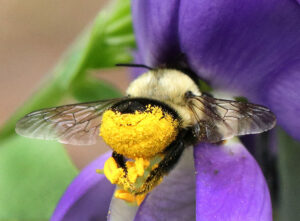
Spring Chores in the Pollinator Garden
Around late February things start kicking into high gear in Cooperative Extension’s Pollinator Paradise Demonstration Garden. Usually I have taken …


El inglés es el idioma de control de esta página. En la medida en que haya algún conflicto entre la traducción al inglés y la traducción, el inglés prevalece.
Al hacer clic en el enlace de traducción se activa un servicio de traducción gratuito para convertir la página al español. Al igual que con cualquier traducción por Internet, la conversión no es sensible al contexto y puede que no traduzca el texto en su significado original. NC State Extension no garantiza la exactitud del texto traducido. Por favor, tenga en cuenta que algunas aplicaciones y/o servicios pueden no funcionar como se espera cuando se traducen.
Inglês é o idioma de controle desta página. Na medida que haja algum conflito entre o texto original em Inglês e a tradução, o Inglês prevalece.
Ao clicar no link de tradução, um serviço gratuito de tradução será ativado para converter a página para o Português. Como em qualquer tradução pela internet, a conversão não é sensivel ao contexto e pode não ocorrer a tradução para o significado orginal. O serviço de Extensão da Carolina do Norte (NC State Extension) não garante a exatidão do texto traduzido. Por favor, observe que algumas funções ou serviços podem não funcionar como esperado após a tradução.
English is the controlling language of this page. To the extent there is any conflict between the English text and the translation, English controls.
Clicking on the translation link activates a free translation service to convert the page to Spanish. As with any Internet translation, the conversion is not context-sensitive and may not translate the text to its original meaning. NC State Extension does not guarantee the accuracy of the translated text. Please note that some applications and/or services may not function as expected when translated.
Collapse ▲
Around late February things start kicking into high gear in Cooperative Extension’s Pollinator Paradise Demonstration Garden. Usually I have taken …

All high school youth are invited to join us for the 2024 North Carolina Youth Institute on April 5th, 2024 …

Blueberries are a popular crop for commercial farmers as well as home gardeners in North Carolina. They are fairly …

Diane Currier, owner of Honeygirl Meadery, shares how a visit to Alaska motivated her to start her meadery and …
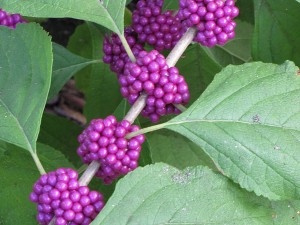
Three students at East Chapel Hill High School, Brooke, Julia and Danielle, and Environmental Science Teacher, Mr. Edward Kaybay, …
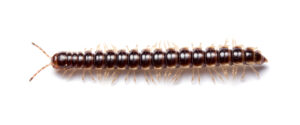
Recent heavy rains across the state have resulted in invasions of yards and homes by what some might call …
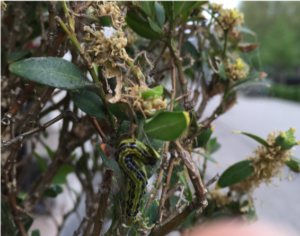
Box tree moth, Cydalima perspectalis, is native to Asia. It was introduced into Europe in 2007 and quickly spread …

As if Asian giant hornets weren’t enough, this year also saw media attention on a lesser-known, but bizarre, group …

We at the NC State University Plant Disease and Insect Clinic are very excited to roll out our new …
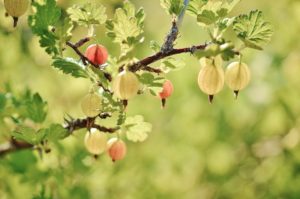
9/16/2020 – The short answer is “no.” You cannot legally grow currants or gooseberries in North Carolina. The reason …

80% of the cut flowers sold in this country come from outside the US. Its an industry that has …
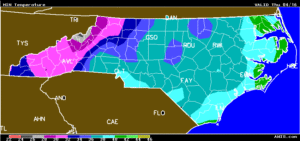
AWIS Weather Forecast: More Frost to come Two more days of potential frost in NC We are not out of the …
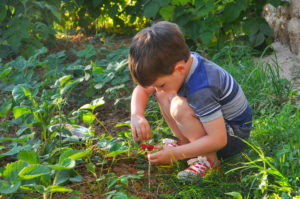
Get Growing: Strawberries in the Garden I cannot think of a more joyful spring garden moment than picking fresh strawberries …

This publication offers information on phytoplasmas, organisms that multiply in the phloem of strawberry plants …
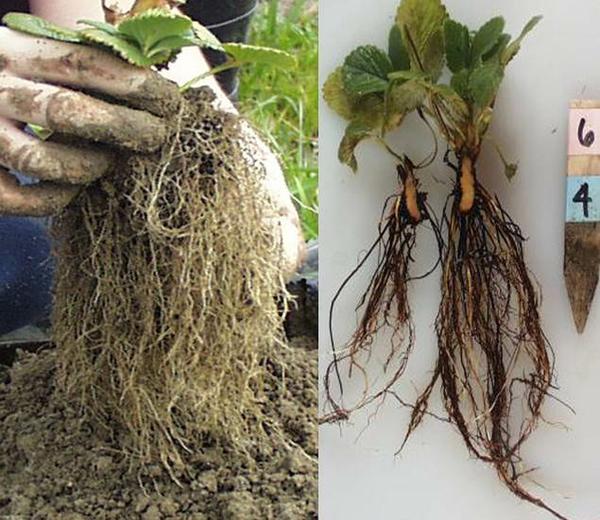
Black root rot is caused by a complex of pathogens. These pathogens cause damage to …
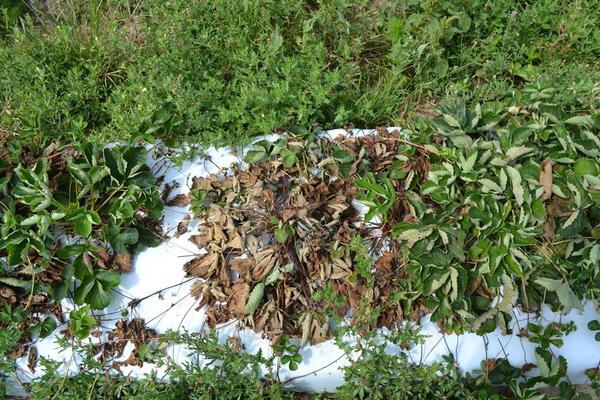
The symptoms and treatment techniques of southern stem blight in strawberries are discussed in this …
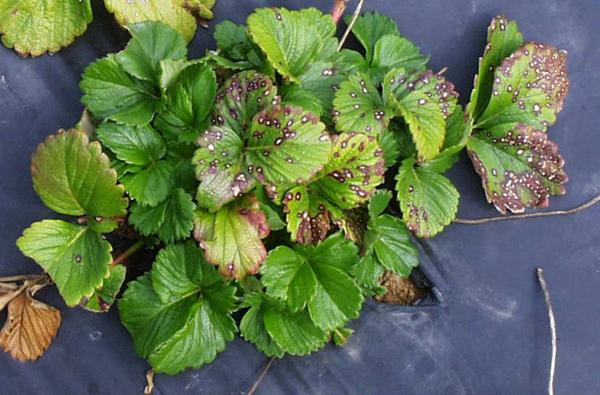
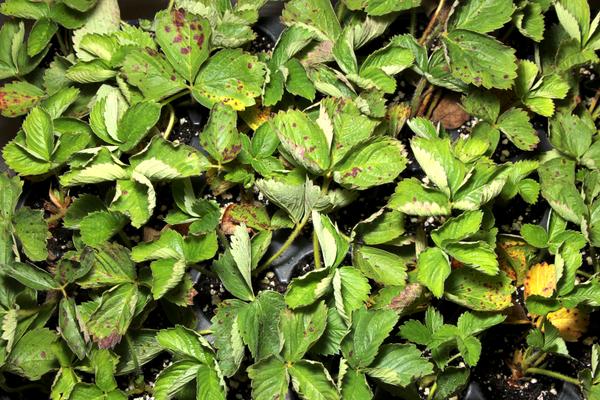
This factsheet covers leaf scorch, a fungus that weakens strawberry leaves and plants.
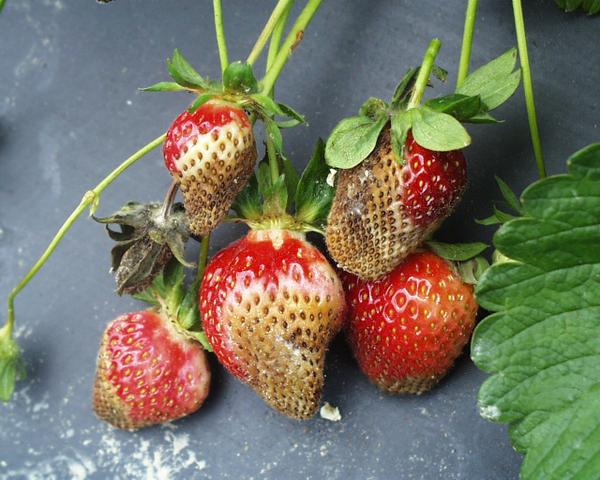
Leather rot, though occurring rarely in North Carolina, can cause substantial losses of fruit yield. …
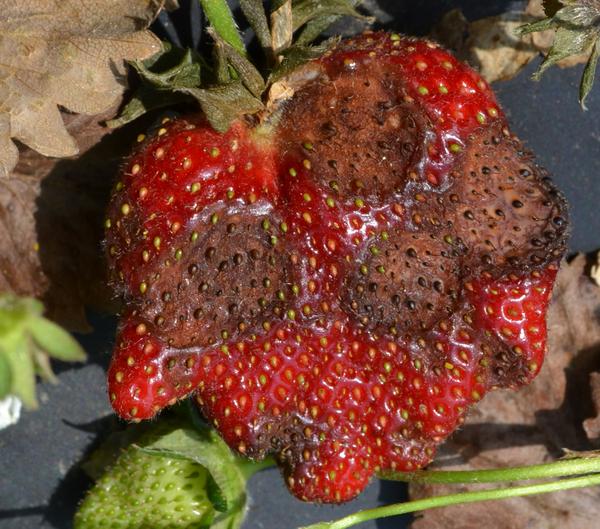
Anthracnose is an important disease of strawberry with all parts of the plant (fruit, crowns, …
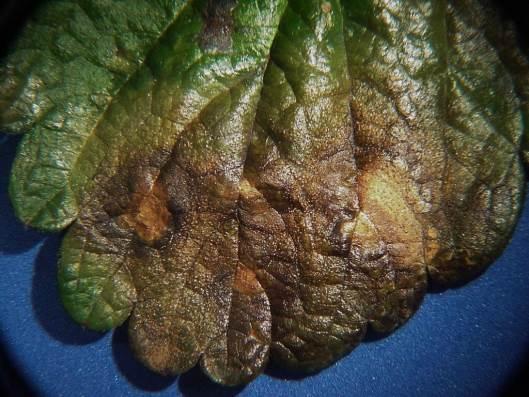
Gnomonia causes leaf blotch and stem-end rot of strawberry. The pathogen typically is introduced on …